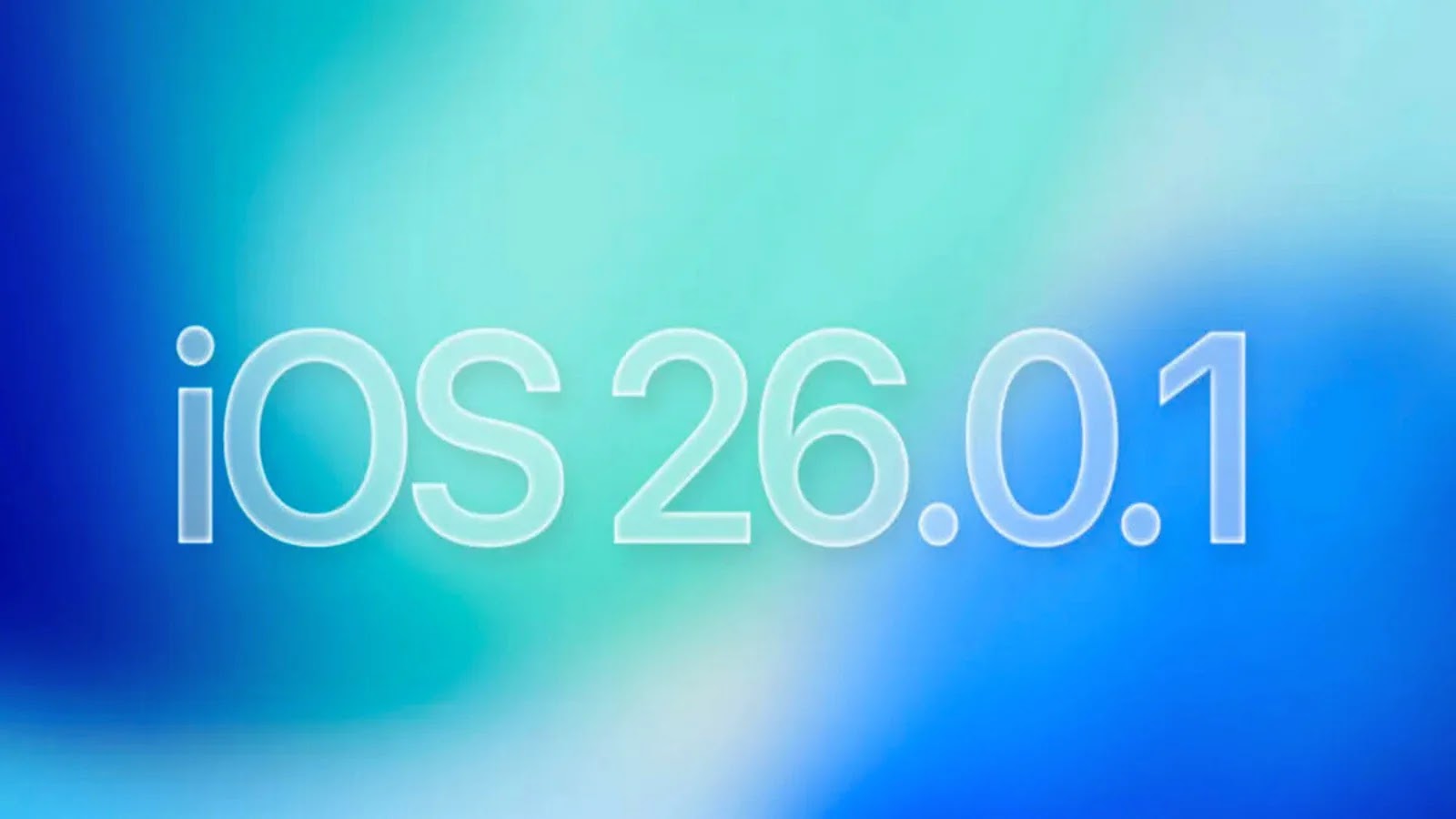
New MobileGestalt Exploit for iOS 26.0.1 Enables Unauthorized Writes to Protected Data
A troubling new vulnerability has emerged from the depths of iOS security research, impacting iPhones and iPads running specific versions of Apple’s mobile operating system. This critical flaw, leveraging a weakness potentially related to the MobileGestalt framework, allows for unauthorized write access to otherwise protected data on a device’s Data partition. For security professionals, developers, and IT administrators, understanding the intricacies of this exploit is paramount to maintaining the integrity and security of Apple’s ecosystem.
Understanding the MobileGestalt Exploit
The core of this vulnerability lies within a sandbox escape scenario affecting iOS 16.2 beta 1 and earlier versions. While the headline mentions “MobileGestalt Exploit for iOS 26.0.1,” the referenced article details an exploit affecting much earlier versions, specifically iOS 16.2 beta 1 and before. This discrepancy highlights the dynamic nature of vulnerability reporting and evolution, but the underlying mechanisms often share commonalities in privilege escalation and sandbox evasion.
According to researcher Kim’s findings, the proof-of-concept (POC) specifically targets weaknesses within the itunesstored and bookassetd daemons. These daemons are integral to the iOS operating system, handling critical functions related to iTunes content, app installations, and digital book assets. By exploiting flaws in their operation, an attacker can bypass the stringent security sandbox designed to isolate applications and processes, gaining the ability to modify sensitive files within the device’s Data partition. This partition typically holds user data, application data, and system configurations, making unauthorized writes a significant security concern.
Impact of Unauthorized Data Writes
The ability to write to protected data areas on an iOS device carries severe implications:
- Data Manipulation: Attackers could alter system configurations, application settings, or even user-generated data without proper authorization. This could lead to a device exhibiting unexpected behavior, data corruption, or even more insidious attacks.
- Persistence Mechanisms: Unauthorized write access could allow an attacker to establish persistence on the device, ensuring their malicious code or modifications remain even after a reboot.
- Further Exploitation: This sandbox escape could be a critical pivoting point for more sophisticated attacks, including code injection, privilege escalation to root, or the installation of malicious software that bypasses Apple’s security checks.
- Privacy Breaches: While the exploit focuses on writes, the ability to manipulate data often implies a deeper level of control, potentially leading to unauthorized data exfiltration or access to sensitive user information.
Remediation Actions and Best Practices
Given the nature of this sandbox escape vulnerability, immediate action and ongoing vigilance are crucial.
- Update iOS Immediately: The most important step is to ensure all iPhones and iPads are running the latest stable version of iOS. While the exploit references iOS 16.2 beta 1 and earlier, Apple routinely patches vulnerabilities in subsequent updates. Always prioritize installing security updates as soon as they become available. Keep an eye on Apple’s security advisories for specific CVEs.
- Limit Beta Software Usage: Running beta versions of iOS, especially on production or sensitive devices, introduces heightened risk. Beta software is inherently less stable and more prone to unpatched vulnerabilities.
- Exercise Caution with Untrusted Sources: Avoid installing apps from untrusted sources or clicking on suspicious links. Phishing and social engineering attacks often serve as the initial vector for exploiting such vulnerabilities.
- Implement Mobile Device Management (MDM): For organizational security, robust MDM solutions can help enforce security policies, manage updates, and monitor device compliance, thereby reducing the attack surface.
- Regular Backups: Maintain regular backups of important data. In the event of a successful exploit or data corruption, a recent backup can minimize data loss.
Relevant Tools for Detection and Mitigation
While direct detection tools for this specific exploit in the wild might be limited due to its sandboxing nature, general iOS security practices and tools remain vital.
| Tool Name | Purpose | Link |
|---|---|---|
| Apple Security Updates | Primary mitigation for OS-level vulnerabilities. | https://support.apple.com/en-us/HT201222 |
| Mobile Device Management (MDM) Solutions (e.g., Jamf Pro, Microsoft Intune) | Device policy enforcement, patch management, security baselines. | https://www.jamf.com/products/jamf-pro/ (Example) |
| Endpoint Detection and Response (EDR) for iOS | Advanced threat detection, behavioral monitoring, incident response. | https://www.jamf.com/products/jamf-protect/ (Example) |
Conclusion
The revelation of a sandbox escape vulnerability allowing unauthorized writes to protected data areas on iOS devices underscores the continuous challenges in mobile security. While the specific versions targeted were iOS 16.2 beta 1 and earlier, the underlying mechanisms involving daemons like itunesstored and bookassetd offer critical insights into potential attack vectors. Prioritizing timely updates, adopting rigorous security practices, and leveraging robust device management solutions are essential steps for protecting against such sophisticated threats and maintaining the integrity of the iOS ecosystem.





